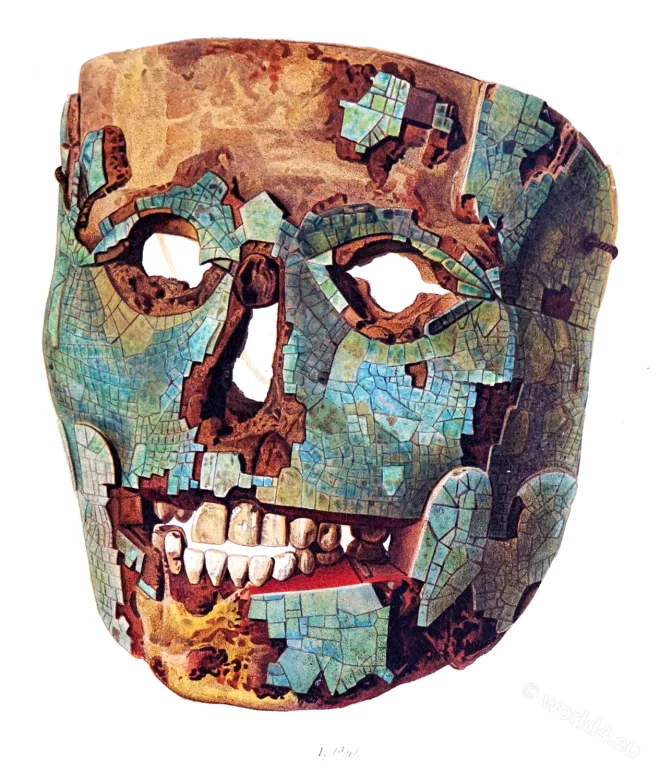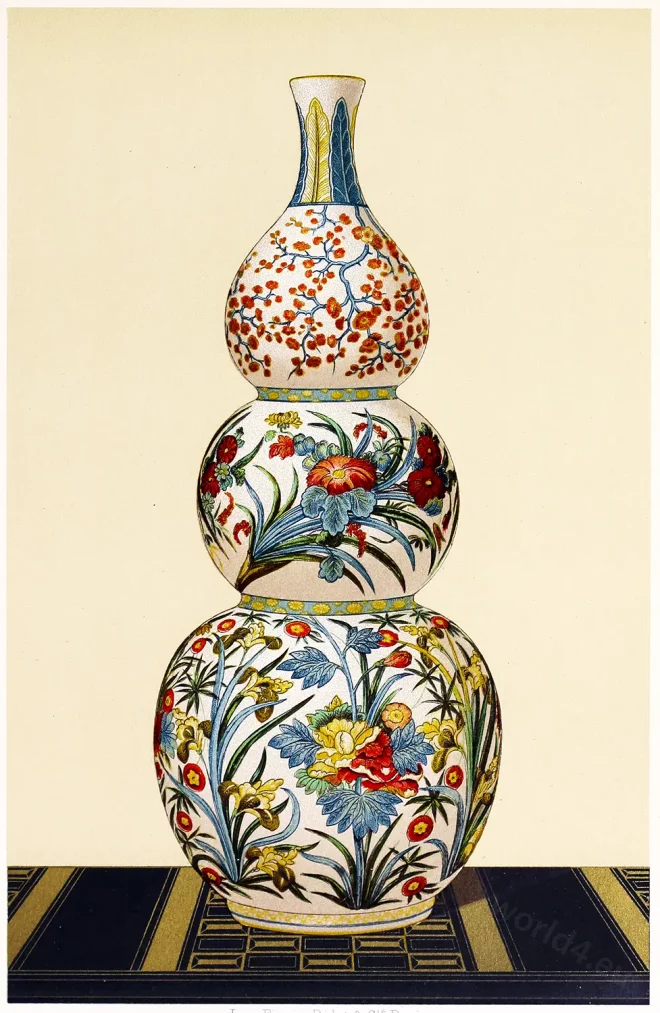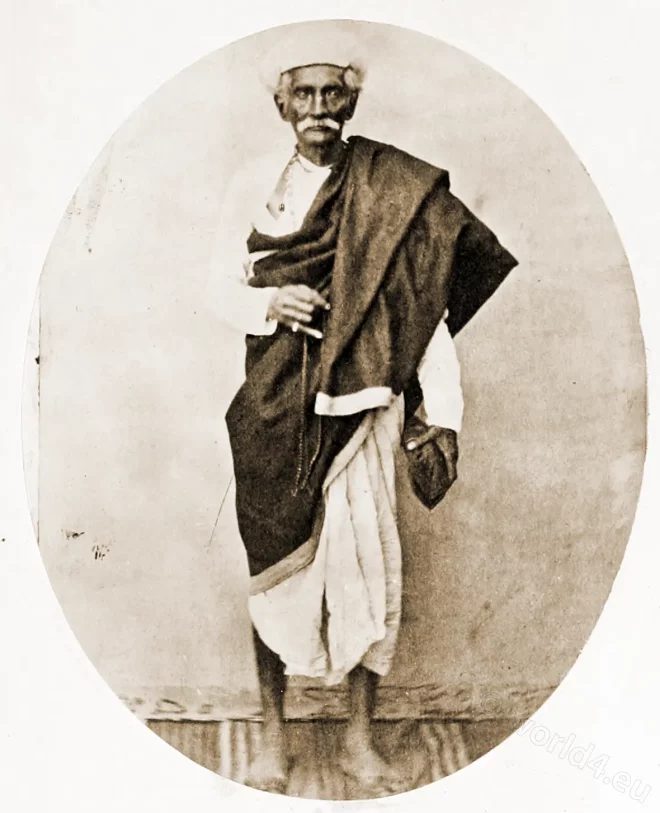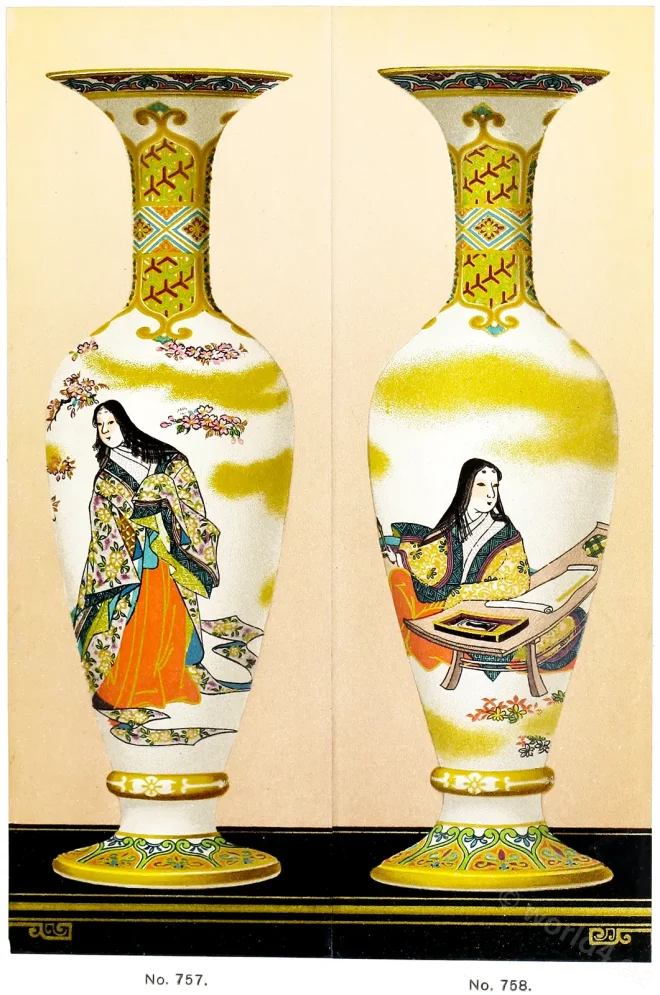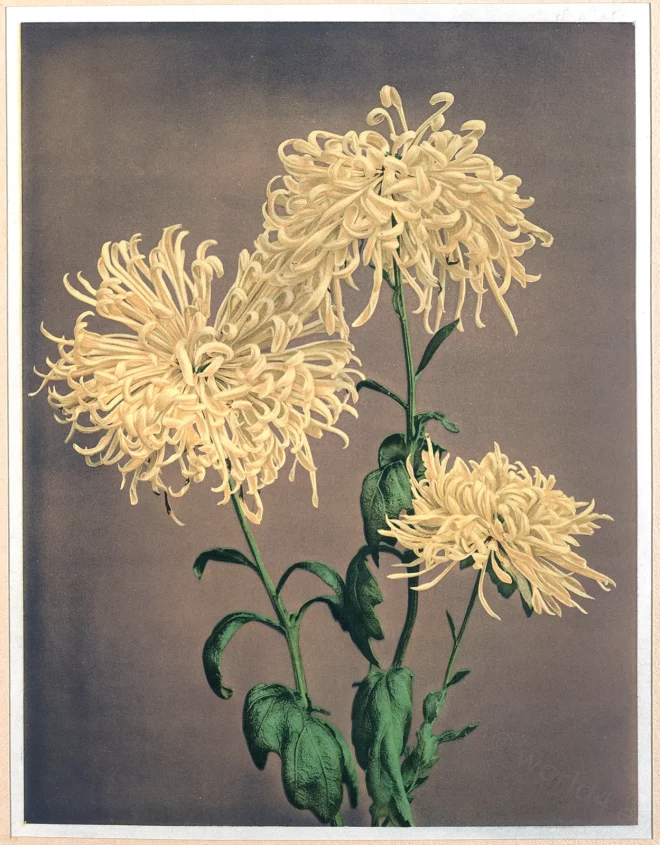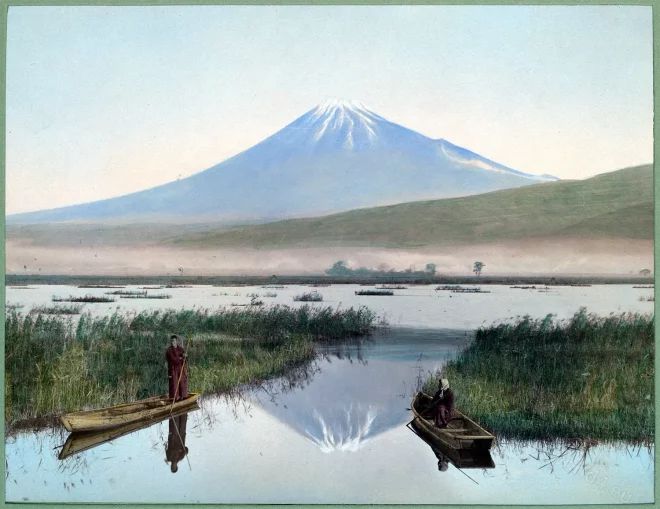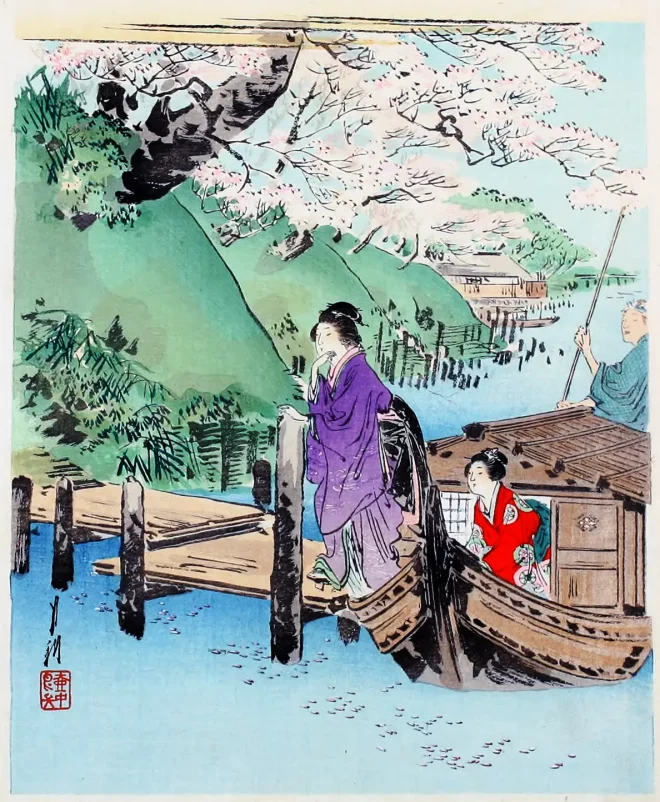Aztec skull mask covered with blue and red mosaic from Mexico.
Category: 19th Century
Bottle of old Arita porcelain, Hizen. Imari ware, Japan.
Triple gourd-shaped bottle of Arita porcelain, Japan. In the Royal Keramic Collection, Dresden.
India. The young lady’s toilet. Anglo indians.
The woman sitting on the ground is the Matranee; a Khidmutgar boy is bringing in a bottle of iced water.
Brahmins of India. The two main classes.
The Brahmins are divided into two main classes
Hanaike. Japanese flower vases. Owari, Japan.
OWARI PORZELLAN. The figure is that of Onono Komachi, who lived in the ninth century.
Sacred Shinkyo Bridge at Nikko, Japan.
The Shinkyo Bridge (神橋, Shinkyō, “sacred bridge”) to Nikkō Futarasan Shrine.
Kiku. The Chrysanthemum. Mythological Japan.
The chrysanthemum is the flower of autumn and is sometimes referred to as the national flower of Japan
Japan. Mount Fuji as seen from Kashiwabara.
Mount Fuji as seen from Kashiwabara, 1897, by Kazumasa Ogawa.
India. The young civilian’s toilet. 19th c.
The morning routine in an English household in India during the heyday of English colonialism.
Cherry Blossoms. Springflowers. The Flowers of Japan.
Cherry blossoms. The floral art of Japan by Josiah Conder

